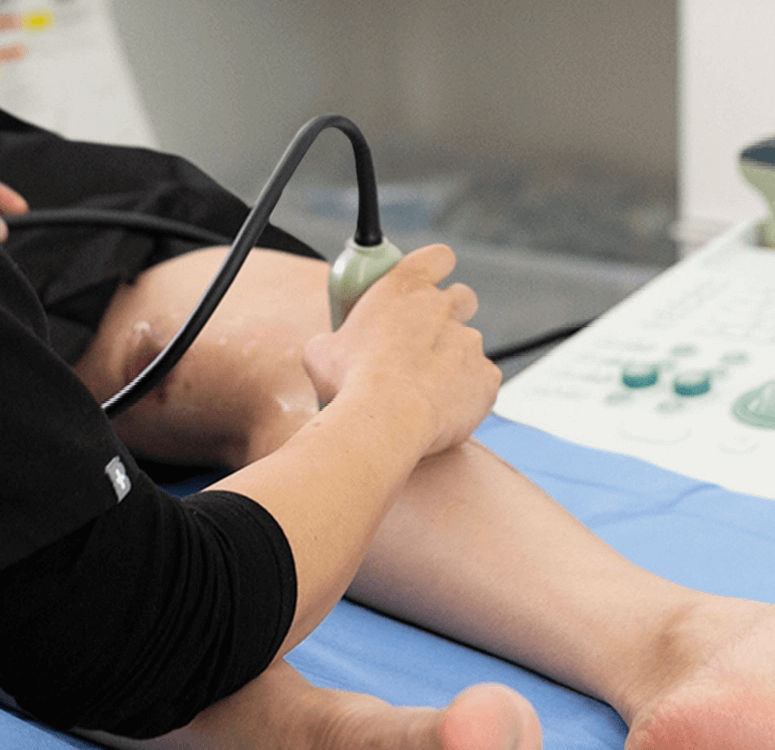Understanding your insurance coverage when it comes to varicose vein treatments can be a challenging puzzle. But don't worry because this article will answer 'are varicose vein treatments covered by insurance?' and simplify it so you can understand every important concept related to insurance and treatments for varicose veins.
The Importance of Insurance
Let's now discuss the importance of insurance in terms of varicose vein treatments. Medical procedures can be expensive, and the expense of your treatment without insurance can add up. Insurance covers your pocket, helping you to partially or fully cover the costs of your treatment, making it more accessible and affordable.
Key Factors Affecting Coverage
1. Medical Necessity
When varicose vein treatments are judged medically necessary, insurance companies frequently pay for them. Your doctor will examine you and decide whether or not treatment is necessary for your well-being.
2. In-Network Providers
Your medical expenses can be decreased by getting treatment from doctors who are connected with your health insurance company. For a list of vascular surgeons who are part of your insurance network, contact your insurance company.
3. Preauthorization
Your insurance provider could occasionally request preauthorization for varicose vein procedures. This implies that you must get their consent before having the treatment. If you need assistance getting preauthorization, ask your doctor.
Common Varicose Vein Treatment Options
1. Compression Stockings
Compression stockings can be used to treat mild cases of varicose veins, and they are frequently reimbursed by insurance. These stockings aid in symptom relief and blood circulation improvement.
2. Endovenous Laser Ablation (EVLA)
EVLA is a minimally invasive treatment that seals off varicose veins with laser energy. If this treatment is deemed medically essential, insurance might pay for it.
3. Radiofrequency Closure
Radiofrequency closure, like EVLA, employs heat to seal varicose veins. Depending on your particular situation, insurance might also pay for this choice.
4. Sclerotherapy
In order to cause veins to collapse and close, sclerotherapy involves injecting a solution into the veins. It's important to verify with your provider regarding insurance coverage because it can differ for this operation.
Navigating the Insurance Process
Understanding insurance coverage for varicose vein treatments involves a few essential steps:
1. Review Your Policy
Start by carefully reading the documentation pertaining to your insurance plan or policy. Look for details on treatment coverage for varicose veins, including any copayments, deductibles, or coinsurance you might have to pay.
2. Consult Your Doctor
The insurance process depends heavily on your healthcare provider. They can evaluate your condition, suggest the best courses of action, and guide you through the insurance paperwork.
3. Contact Your Insurance Company
To find out more about the terms of your insurance, contact the customer service division of your provider. Inquire about preauthorization requirements, in-network providers, and any necessary documentation.
4. Keep Records
Keep thorough notes of all communications with your healthcare practitioner and insurance company during your course of treatment. This can be helpful if you run into any problems or disagreements.
Conclusion
Finally, you now know What Kind of Specialist Treats Varicose Veins and why it's not necessary to be confused about insurance coverage for varicose vein treatments. You can approach the procedure with confidence if you are aware of the many insurance plan types, important elements that determine coverage, and popular treatment options. To ensure a positive experience, bear in mind to study your policy, speak with your doctor, call your insurance provider, and save documents. You may get the care you require without breaking the wallet with the appropriate information and planning.








Comments